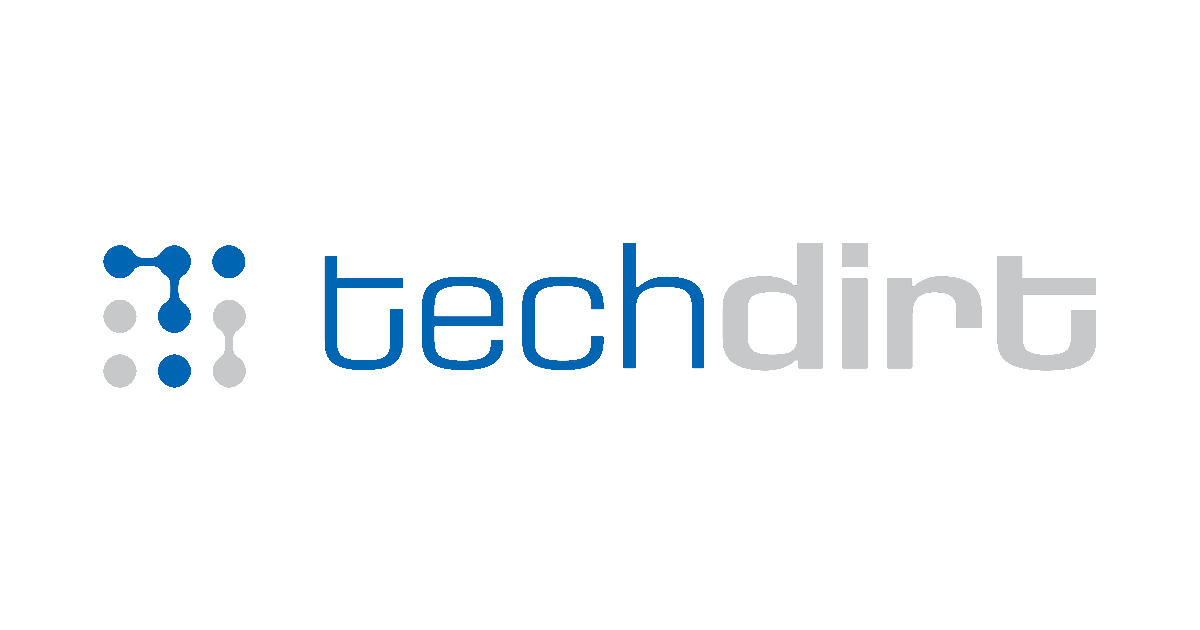In a dramatic "turn the table" style lawsuit, the Canadian Record Industry Association (CRIA), the Canadian equivalent of the RIAA that represents all the major recording studios, is facing a copyright lawsuit that could cost them $6 billion.
Often at the other end of the lawsuit, it turns out that the studios represented by the CRIA may have been a copyright infringer of massive scales. At the heart of the class action lawsuit is the unauthorized use of artists songs by the major labels in compilation CDs and such. In Canada, studios can produce and sell the CDs before making any royalty payments, instead putting the songs on a "pending list", which is a list of songs that are pending license payments. This would be fine if the labels eventually paid up, but the list is now 300,000 strong and dates back to the 1980's. And the songs aren't just from unknown artists, they features some of today's and yesterday's biggest artists.
The hypocrisy of the major labels, so keen to attack others for copyright infringement, is shown very clearly here. For years, artists, big and small, have complained about the studios exploiting their works, but it's still amazing to find such an accurate list of exploitation. The labels will argue that the laws allows them to "use now, pay later", except as the age of the list proves, the "pay later" part may be decades after profits are firmly in their pockets.
The $6 billion figure comes from the maximum damages per song of $20,000 times the number of infringement, which is 300,000 according to the label's own updated list.
More:
Often at the other end of the lawsuit, it turns out that the studios represented by the CRIA may have been a copyright infringer of massive scales. At the heart of the class action lawsuit is the unauthorized use of artists songs by the major labels in compilation CDs and such. In Canada, studios can produce and sell the CDs before making any royalty payments, instead putting the songs on a "pending list", which is a list of songs that are pending license payments. This would be fine if the labels eventually paid up, but the list is now 300,000 strong and dates back to the 1980's. And the songs aren't just from unknown artists, they features some of today's and yesterday's biggest artists.
The hypocrisy of the major labels, so keen to attack others for copyright infringement, is shown very clearly here. For years, artists, big and small, have complained about the studios exploiting their works, but it's still amazing to find such an accurate list of exploitation. The labels will argue that the laws allows them to "use now, pay later", except as the age of the list proves, the "pay later" part may be decades after profits are firmly in their pockets.
The $6 billion figure comes from the maximum damages per song of $20,000 times the number of infringement, which is 300,000 according to the label's own updated list.
More:




Comment